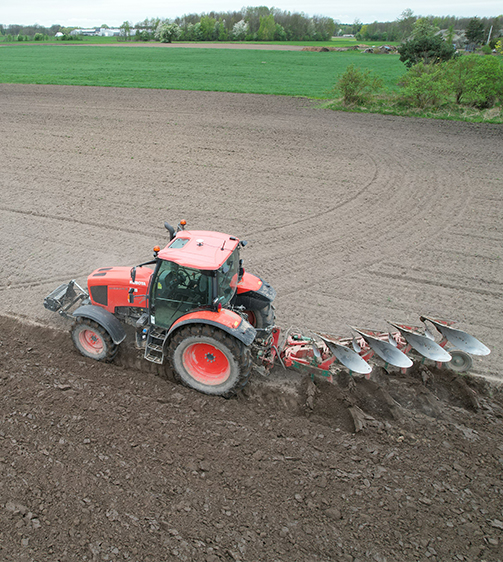As precision agriculture continues to evolve, selecting the right farm guidance system becomes increasingly critical for farmers looking to enhance efficiency and productivity. The right manual guidance system not only improves navigation but also optimizes workflows and saves resources. This article outlines essential features to consider when choosing a farm guidance system that meets the needs of modern agricultural practices.
Accuracy: The Cornerstone of Effective Navigation
One of the most vital features to look for in a farm guidance system is accuracy. Precision during field operations can dramatically impact crop yield and quality. A high-accuracy system ensures that farmers can steer their vehicles in straight lines, minimizing skips and overlaps that can lead to wasted resources and uneven crop growth.
Farm guidance systems equipped with advanced GNSS (Global Navigation Satellite System) technology offer significant advantages in terms of precise navigation. When evaluating potential systems, farmers should inquire about the accuracy levels and whether the technology supports corrections that improve performance in various field conditions. The better the accuracy, the more efficient the farming operations will be.
Ease of Use: User-Friendly Interfaces Matter
In addition to accuracy, ease of use is a crucial consideration when selecting a farm guidance system. A user-friendly interface allows farmers to quickly adapt to the system without extensive training, which can be particularly beneficial during the busy planting and harvesting seasons.
Features such as intuitive touchscreen displays, straightforward navigation menus, and customizable settings enhance usability. Farmers should look for systems that allow easy adjustments on-the-go, enabling them to focus on tasks rather than struggling with complex technology. A system that emphasizes simplicity will ultimately lead to better field management and productivity.
Compatibility with Existing Equipment
Another critical factor to evaluate is the compatibility of the farm guidance system with existing equipment. As many farmers operate a mix of machinery from different manufacturers, ensuring that the guidance system can seamlessly integrate with current hardware is essential.
Farmers should assess whether the guidance system can connect with their existing tractors and implements, thus avoiding unnecessary expenditures or disruptions in farm operations. Systems that offer versatile mounting options and adaptable software can provide flexibility, making it easier for farmers to adopt new technologies while leveraging their investment in existing equipment.
Conclusion
In conclusion, selecting the right farm guidance system requires careful consideration of several key features, including accuracy, ease of use, and compatibility with existing equipment. By prioritizing these aspects, farmers can optimize their agricultural practices, leading to improved productivity and resource management. At CHCNAV Agriculture, we understand the importance of precision in farming. Our CHCNAV Agriculture Guide 10 offers a manual guidance system designed specifically for precision agriculture, providing GNSS accuracy that enables farmers to navigate efficiently and enhance crop yields. Investing in the right farm guidance system is a step towards achieving greater success in the modern agricultural landscape.
